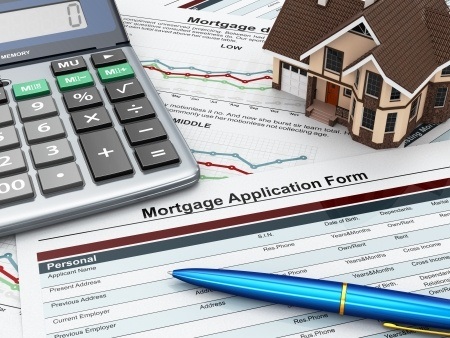Fed Holds Steady on Federal Funds Rate

In its post-meeting statement, the Federal Open Market Committee (FOMC) of the Federal Reserve announced its decision not to raise the current federal funds rate of 0.25 to 0.50 percent. Although FOMC members acknowledged further improvement in the U.S. economy and jobs markets, the committee cited the following as influencing its decision not to raise the current federal funds rate:
- Household income continued to rise, but consumers have “moderated” their spending.
- Inflation is expected to remain below the Fed’s goal of two percent in the near term.
- Temporary influences including low energy and import prices are expected to ease.
FOMC monetary policy decisions made in April’s meeting were guided by the Fed’s dual mandate of achieving maximum employment and its inflation goal of two percent. Labor markets improved since the Committee’s March meeting, but inflation is not expected to reach the Fed’s goal in the near term.
No Fed Rate Increase in April; Moderate Increases Expected
While the FOMC did not raise the federal funds rate, its statement suggested that future rate increases are likely. Potential increases in the federal funds rate would be gradual into the medium term. FOMC’s April statement hinted that incremental rate increases over time would be expected to facilitate further economic growth and help achieve the two percent inflation goal. According to the statement, any potential increases in the federal funds rate would be “accommodative.” This indicates that FOMC members do not want to raise rates too quickly, which could interfere with current economic growth.
Fed Concerns over Global Economy Ease
Notably absent from April’s FOMC statement were concerns over global economic conditions and developments. In March, the Fed characterized global economic and financial conditions as a risk to U.S. economic growth, but April’s statement said that FOMC members would continue monitoring global news and developments with no mention of potential risks.
Analysts said that the Fed could have been “more hawkish” in its position, but also said that a rate increase could occur in June if FOMC members conclude that economic conditions are favorable. FOMC statements typically indicate that monetary policy decisions are pre-determined way, but rely on the committee’s ongoing review of global and domestic financial and economic developments.
Unless economic developments intervene, Fed policy makers opened the door to a rate increase in June. Past FOMC statements indicated plans to raise the federal funds rate up to four times in 2016, but these plans were revised to two potential rate increases for 2016.
 With the Home Affordable Refinancing Program recently being extended until the last day of December, 2016, many homeowners who have found their assets in a challenging situation have been given a second chance to apply and receive an affordable mortgage.
With the Home Affordable Refinancing Program recently being extended until the last day of December, 2016, many homeowners who have found their assets in a challenging situation have been given a second chance to apply and receive an affordable mortgage. With all the work that goes into finding the kind of home you’ll want to put an offer on, it can be easy to forget about all the little things that happen after the deal has been made. While the paperwork involved in purchasing may seem like a long way off, here’s a quick review of some of the documents you’ll need when the time comes to seal the deal.
With all the work that goes into finding the kind of home you’ll want to put an offer on, it can be easy to forget about all the little things that happen after the deal has been made. While the paperwork involved in purchasing may seem like a long way off, here’s a quick review of some of the documents you’ll need when the time comes to seal the deal.